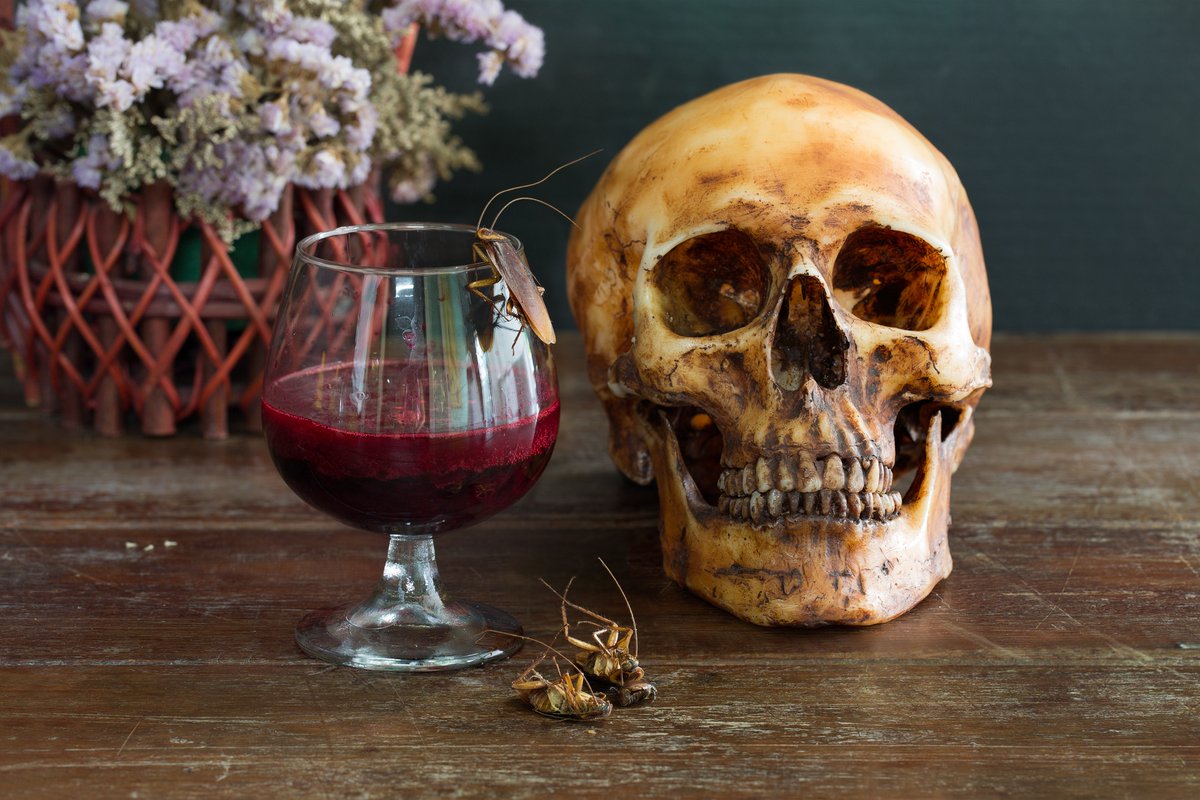➡️ There are ~ 5.8 million trauma deaths per year globally
➡️ Trauma is the largest cause of death below the age of 50
➡️ One-third of severely injured trauma patients are coagulopathic at hospital arrival
➡️ Fibrinogen is often used, but is it effective?
a short 🧵
1/10
➡️ Trauma is the largest cause of death below the age of 50
➡️ One-third of severely injured trauma patients are coagulopathic at hospital arrival
➡️ Fibrinogen is often used, but is it effective?
a short 🧵
1/10

➡️ Trauma-induced coagulopathy is due to inflammation & shock
➡️ It is worsened by hypothermia, acidosis, and hemodilution
➡️ Coagulopathy due to hemorrhage is strongly associated with mortality
➡️ 1/3 of early trauma deaths are due to uncontrolled haemorrhage
2/10
➡️ It is worsened by hypothermia, acidosis, and hemodilution
➡️ Coagulopathy due to hemorrhage is strongly associated with mortality
➡️ 1/3 of early trauma deaths are due to uncontrolled haemorrhage
2/10

➡️ Fibrinogen is depleted early during major bleeding
➡️ It can be replaced with fresh frozen plasma, cryoprecipitate or fibrinogen concentrate
➡️ Cryoprecipitate includes fibrinogen, factor VIII coagulant, von Willebrand factor, fibronectin & factor XIII
3/10
➡️ It can be replaced with fresh frozen plasma, cryoprecipitate or fibrinogen concentrate
➡️ Cryoprecipitate includes fibrinogen, factor VIII coagulant, von Willebrand factor, fibronectin & factor XIII
3/10

➡️ Despite physiological rationale for fibrinogen in traumatic haemorrhage, an evidence gap exists
➡️ Observational data are promising, but subject to confounding
➡️ RCTs of cryoprecipitate are feasibility orientated
➡️ Fibrinogen concentrate studies have been disappointing
4/10
➡️ Observational data are promising, but subject to confounding
➡️ RCTs of cryoprecipitate are feasibility orientated
➡️ Fibrinogen concentrate studies have been disappointing
4/10

➡️ Despite this, the latest 2023 European trauma haemorrhage guidelines recommends its use for
🔴 initial haemostatic support
🔴 major bleeding accompanied by hypofibrinogenemia
5/10

🔴 initial haemostatic support
🔴 major bleeding accompanied by hypofibrinogenemia
5/10


➡️ Could fibrinogen supplementation divert focus from other more effective therapies?
➡️ Is it a cost effective practice?
➡️ What is its role in the management of the severely injured trauma patient?
6/10
➡️ Is it a cost effective practice?
➡️ What is its role in the management of the severely injured trauma patient?
6/10

🚩 Enter the CRYOSTAT-2 trial
➡️ Randomised & controlled
➡️ Early cryoprecipitate in severe traumatic haemorrhage
➡️ 3 pools (15 units – 6g fibrinogen) of cryoprecipitate
➡️ 1568 adult trauma patients
➡️ Powered for a 7% 28 day mortality difference (26% to 19%)
7/10
➡️ Randomised & controlled
➡️ Early cryoprecipitate in severe traumatic haemorrhage
➡️ 3 pools (15 units – 6g fibrinogen) of cryoprecipitate
➡️ 1568 adult trauma patients
➡️ Powered for a 7% 28 day mortality difference (26% to 19%)
7/10

➡️ Join us in @TitanicBelfast to hear @karimbrohi present the results of the @CRYOSTAT_2 trial at #CCR23
➡️ Will we be using cryoprecipitate routinely for all patients with major traumatic haemorrhage?
Register at criticalcarereviews.com/meetings/ccr23
8/10
➡️ Will we be using cryoprecipitate routinely for all patients with major traumatic haemorrhage?
Register at criticalcarereviews.com/meetings/ccr23
8/10

@TitanicBelfast @karimbrohi @CRYOSTAT_2 ➡️ #CCR23 is supported by
🔴 @VisitBelfast
🔴 @belfastcc
🔴 @NITouristBoard
🔴 @BelfastTrust
See you in Belfast in June!
9/10
🔴 @VisitBelfast
🔴 @belfastcc
🔴 @NITouristBoard
🔴 @BelfastTrust
See you in Belfast in June!
9/10

@TitanicBelfast @karimbrohi @CRYOSTAT_2 @VisitBelfast @belfastcc @NITouristBoard @BelfastTrust References
cryostat2.co.uk/downloads/2020…
doi.org/10.1186/s13054…
doi.org/10.1038/s41572…
doi.org/10.1186/s13017…
10/10
cryostat2.co.uk/downloads/2020…
doi.org/10.1186/s13054…
doi.org/10.1038/s41572…
doi.org/10.1186/s13017…
10/10

• • •
Missing some Tweet in this thread? You can try to
force a refresh






















